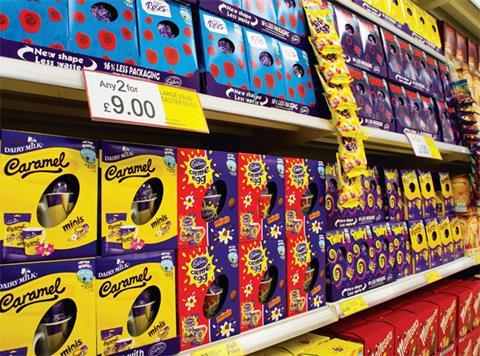
Even though the difference was only nine days, the latest Promo Dynamic figures include a three-week trading period since Easter fell (on 27 March). Hardly surprising then that the top 10 most heavily promoted brands - and particularly the confectionery brands whose lines are swelled by numerous seasonal treats such as Easter eggs - fell 7.7% in the four weeks to 17 April and 10.5% year on year. That’s 164 fewer promotions than in the previous month and 231 fewer year on year.
The most brutal cuts were from Mars, with 69 fewer deals month on month. It’s also been reducing average savings: from 42.2% a year ago, the average saving is down to 37.2%. But all the major confectionery brands have cut savings; Nestlé’s 330 basis points cut month on month is the highest.
To put this in further perspective, however, the top 10 brands still ran more promotions (1,963) than all the promotions in own label put together (1,802). (Own label promotions also dropped, down 8%, with 160 fewer promotions month on month.) The impact on the overall impulse category was also marginal: it still accounted for 18.5% of all promotions vs 19% in the previous four weeks - more than any other category as the number of promotions in BWS fell from 20.8% to 18% following the Easter break. The savings offered on BWS also reduced by more (by 3.4%) than in impulse (by 2.4%), with meat, fish & poultry savings not far behind (down 2.1%).
“Impulse continues to dominate the secondary featured space promotional spaces due to the number and variety of offers the category can offer,” Assosia MD Kay Staniland explains. “Impulse is also a category with some of the biggest brands vying for space, and therefore willing to invest in the additional costs associated with prominent locations.”
The top 10 was also notable for the continued decline in use of bogofs and multibuys. In the case of Cadbury, for example, bogofs accounted for 9.4% of all promotions a year ago. In this latest period, there were none. Coca-Cola has been similarly savage: bogofs last month accounted for just 2.7% of promotions versus 11% a year ago. And Walkers and Nestlé also used the mechanic on a very limited scale.
The move away from bogofs reflects a wider focus away from multibuys towards everyday value by the major multiples, believes Staniland, with bogofs now accounting for just 0.75% of all promotions (vs 2.1% a year ago), and x-for-y promotions also accounting for just 22.6% of promotions versus 26.4% this time last year.
“There’s been a massive swing towards the ‘save’ mechanic. Some of it is Easter but if you look at the market again in a month it will show a continued move away from bogofs,” says Staniland. “It’s definitely on a downward curve, with or without Sainsbury’s.”
Staniland believes the decline of the multibuy is not just being imposed by retailers either: it’s also the result of brands taking action to address their value.
“With consumer loyalty down big brands need to be seen to be good value. Particularly in confectionery, there’s been quite a lot of bad press about product and pouch sizes getting smaller, without the manufacturer dropping the price. This is a way of making the offers more attractive even though they haven’t changed the pack. They want to be 50% cheaper or 30% cheaper. They’re trying to make their offers communicate value better.
“Consumer loyalty is not as strong as it used to be, with savvy shoppers switching between brands to get the best savings, making it almost impossible for the bigger brands in the impulse category to ignore their competitors activity,” she adds.
The other multibuy mechanic, X for Y was utilised by all the top 10 brands, but of those, six brands recorded a much reduced number of offers using this mechanic.
The two biggest growth areas in terms of promotions were grocery and household, and the percentage discount also increased in these two areas. Conversely, the categories that reduced savings were BWS (and wine in particular, with savings reduced by 5.6%) and to a marginal degree frozen, while other sub-categories reducing savings included confectionery (down 4.2%), spirits (3.2%), meat (2.6%) and bagged snacks (3.4%).
“You would expect this after Easter. Next month we will probably see them back up again yoy,” adds Staniland.









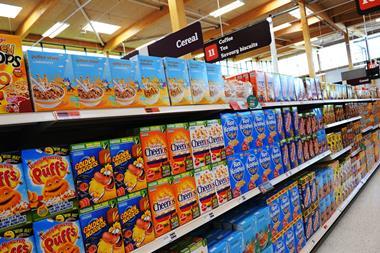
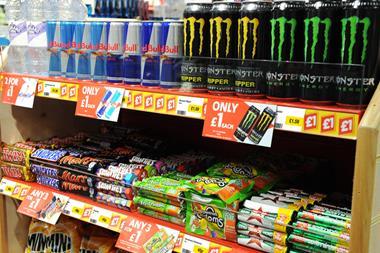
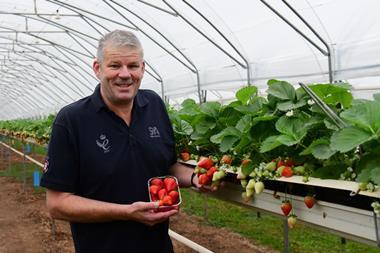

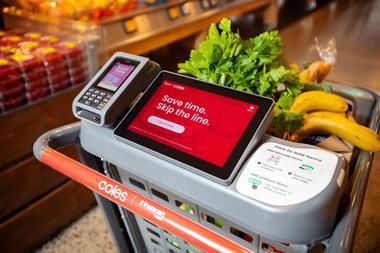





No comments yet